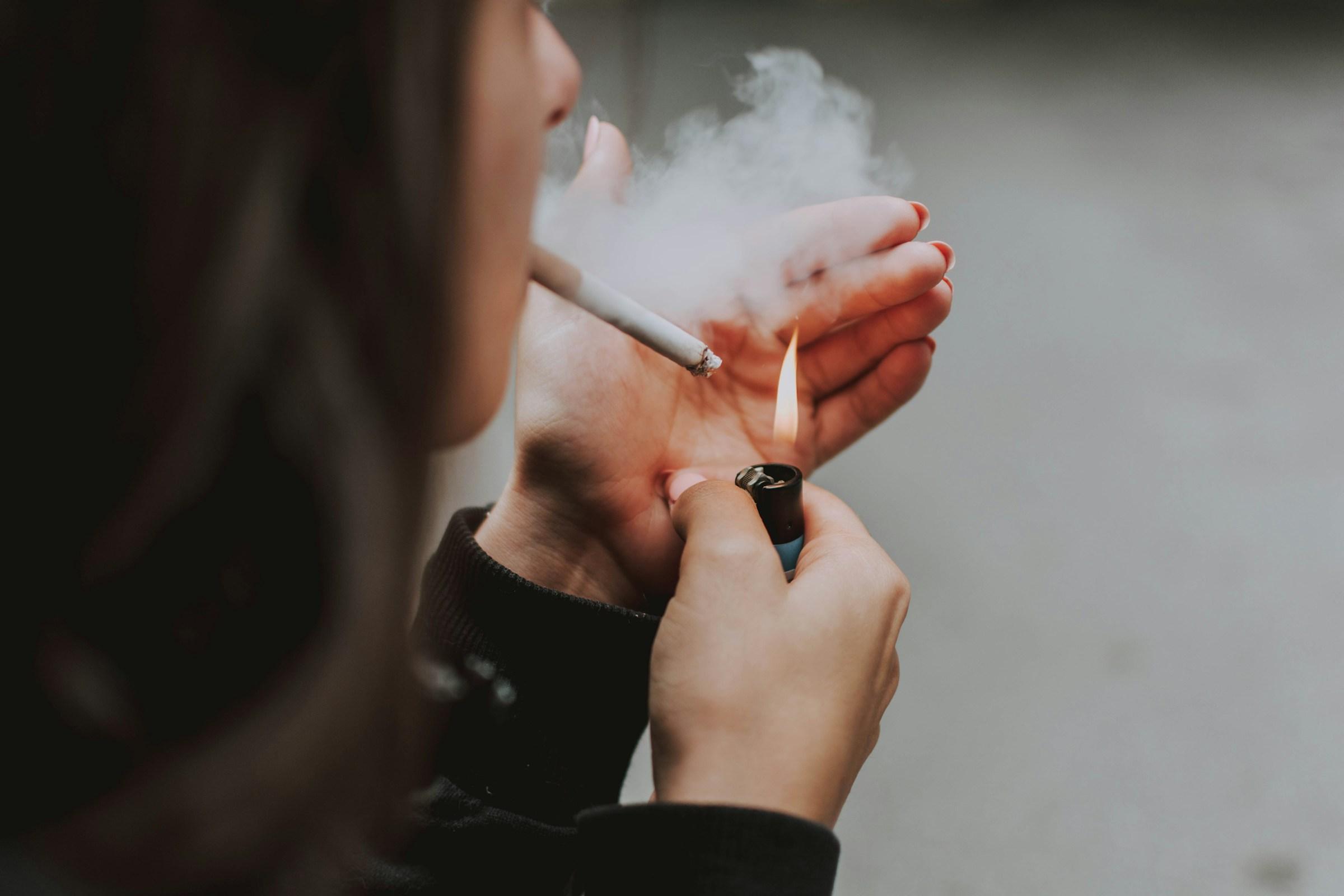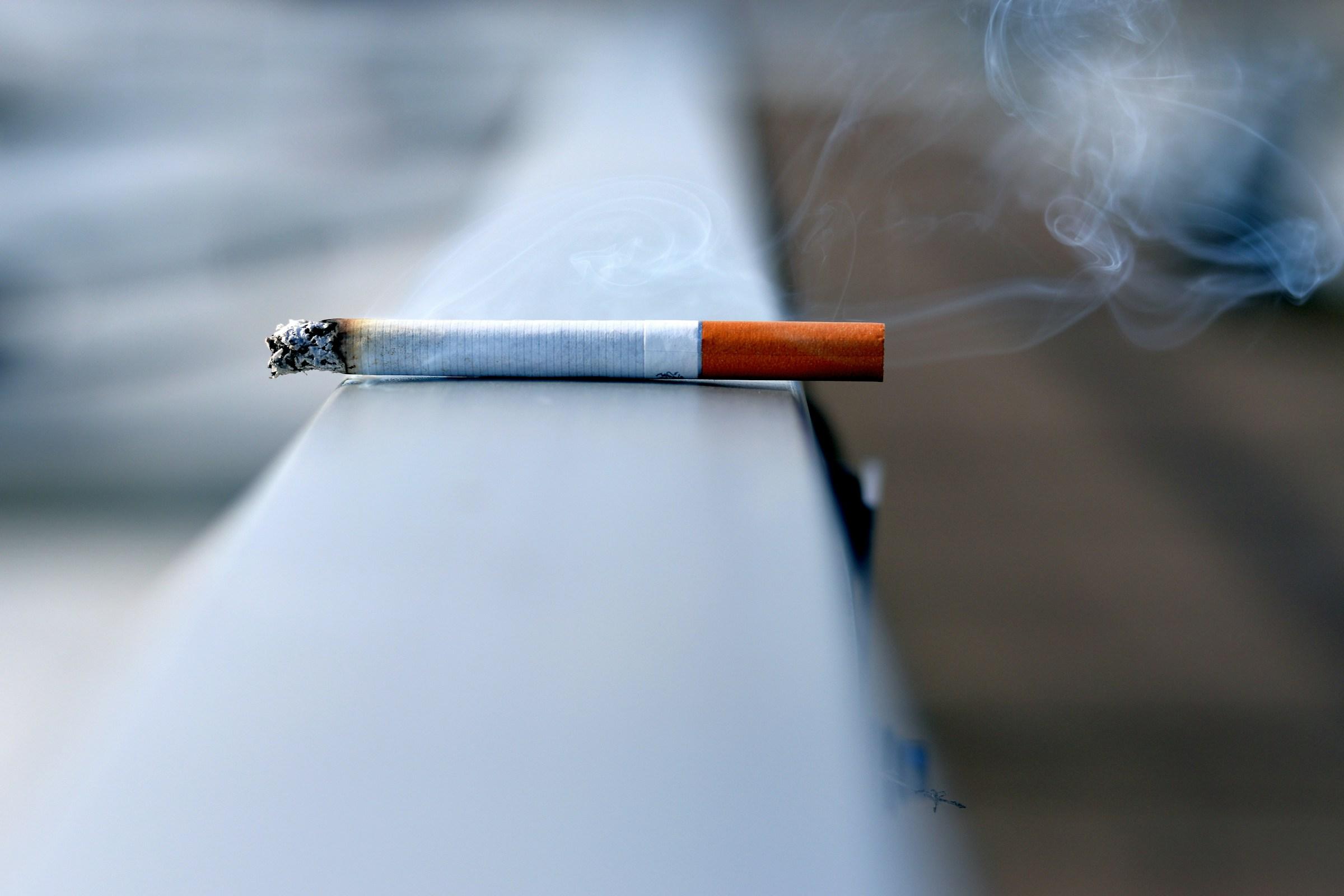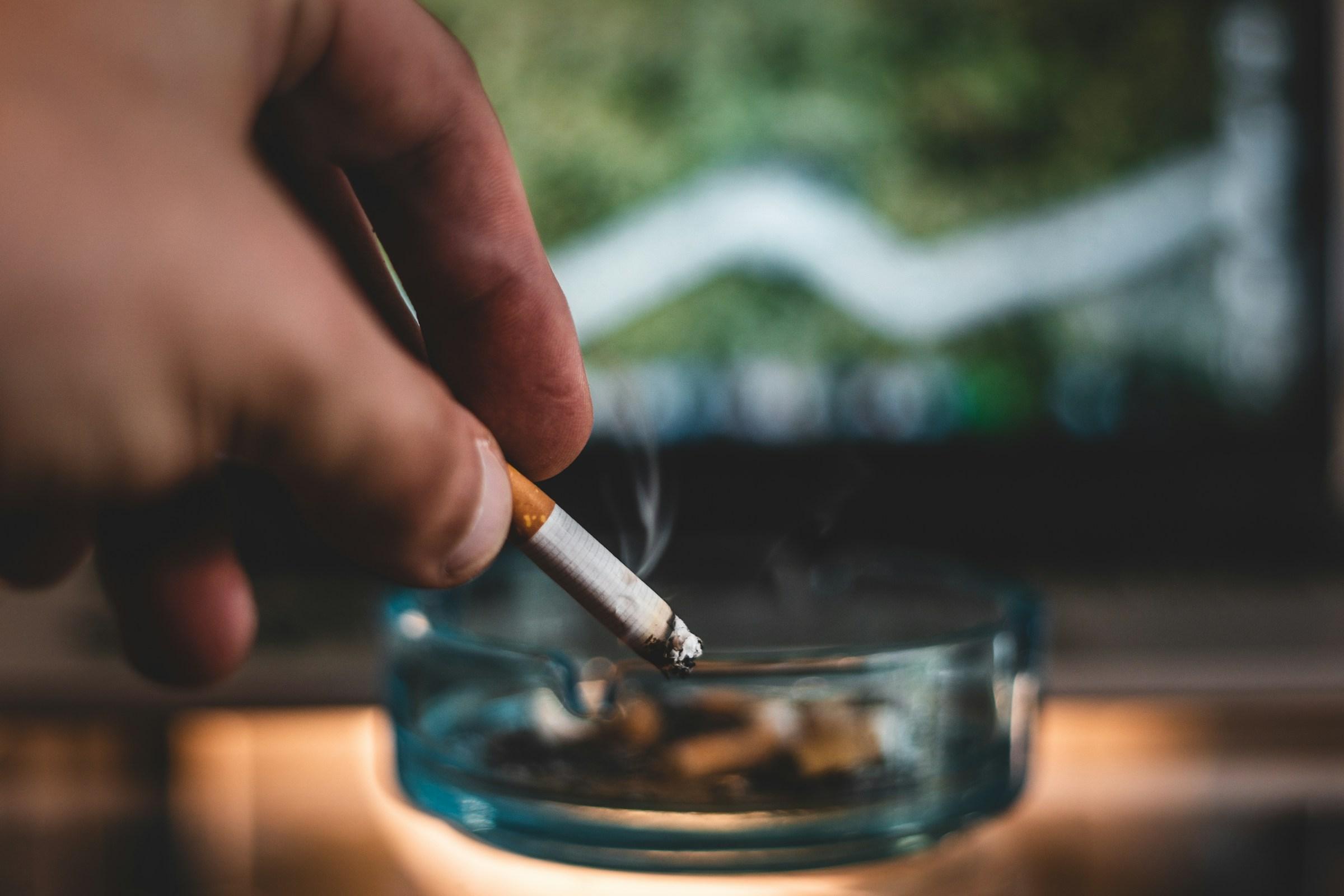At the end of a long day, many people fall into the same ritual without even thinking about it. You drop your bag, change into something comfortable, and reach for your phone as you sink into your usual spot on the sofa or bed. The story you tell yourself is simple. You are just taking a short break, giving your brain a rest, and indulging in a bit of harmless scrolling as a form of self care. Yet an hour later, your eyes hurt, your mind feels strangely busy, and none of the things you needed to do for yourself have actually happened. In that gap between intention and reality lies the quiet way social media blurs the line between caring for yourself and escaping from yourself.
Social media is very good at speaking the language of self care. Your feed may be filled with creators filming slow morning routines, guided breathing exercises, soothing night rituals, or inspiring messages about boundaries and burnout. They show you how to stretch, how to journal, how to reset your nervous system in three minutes. In theory this is helpful. It gives you ideas, language, and tools that older generations had to search for in books or therapy rooms. You learn that resting is not laziness, that you are allowed to say no, that you deserve spaces and habits that make you feel safe. Taken at face value, this looks like a powerful form of support.
The difficulty begins when the act of watching replaces the act of doing. You scroll through other people meditating instead of giving yourself five quiet minutes to sit without your phone. You watch someone else cook a nourishing dinner while you end up ordering food because you are too tired to get up from the couch. You save a video about sleep hygiene but stay awake past midnight because the next clip is already loading. In that moment social media still feels like self care because the content is themed around wellbeing, yet the way you are engaging with it is closer to escapism. You are not actually changing your state. You are postponing whatever your body and mind truly need by slipping into an endless stream of borrowed routines.
Escapism itself is not always negative. There are days when life feels heavy, when work is overwhelming, or when you are holding more emotion than you know how to process. A gentle distraction can be a kindness then. The problem is not that you sometimes use social media to soften the edges of a hard day. The problem appears when this becomes your default response to any discomfort at all. Feeling lonely, bored, stressed, or uncertain becomes a cue to reach for your phone the way some people reach for a cigarette. Over time your tolerance grows. Ten minutes of scrolling no longer feels like enough to take the edge off, so it quietly becomes thirty, then sixty, and sometimes more. What began as a coping mechanism gradually turns into avoidance.
The design of social media platforms makes this blur even trickier to notice. Apps are built to keep you engaged. Autoplay, infinite scroll, and algorithmic recommendations are all crafted to remove friction between one piece of content and the next. When the video ends, the app makes sure another one is ready. When you pause, a new notification arrives. Because so much of this happens without conscious effort, it is easy to misread the smiling faces and calm voices on the screen as genuine care, while your brain is caught in a loop of tiny dopamine hits that never quite satisfy. You come away overstimulated instead of soothed, yet you remember the comforting tone of the content rather than the exhaustion that followed.
Your physical environment often plays a subtle role in all of this. If your phone lives next to your pillow, the last and first thing you see each day is a glowing rectangle. If your charger is on the sofa, your body will naturally associate that spot with lounging and scrolling. None of this is a moral failure. It is just how habits form. Your surroundings keep reinforcing them. When screens occupy the most comfortable and accessible positions in your home, it becomes harder to notice when your self care time has slid into mindless escape. You end up living more in digital rooms than in the one you are physically sitting in.
One way to sharpen your awareness is to notice how you feel right after you put your phone down. Genuine self care usually leaves some trace of grounding behind, even if it is very small. Your breathing might be softer, your jaw less tense, your thoughts a little slower. Even enjoyable distractions, like a light hearted show or funny videos, can feel nourishing when they are consumed with intention and a clear endpoint. Escapism, on the other hand, often leaves you with a sense that time has slipped away without you. There might be a faint headache from staring at the screen, a little guilt about things left undone, or an uncomfortable restlessness because the same problems and feelings are still waiting for you, unchanged. Listening to these aftertastes is often more truthful than listening to the promises in the content.
Self care also has a different relationship with action compared to escapism. Care usually leads you back to yourself. Maybe it nudges you to drink water, tidy a small area of your room, write a few lines in a journal, or message a friend. It connects you more deeply with your real life. Escapism often pulls you away from your life into fantasy, comparison, or passive consumption. You may find yourself watching people you do not know rearrange their homes, heal their relationships, or transform their bodies. There is a short, sweet rush of inspiration, followed by a crash when you look around and realise nothing in your own space has moved. If this is the pattern most of the time, then what is happening is less about self care and more about living through other people.
Another subtle way that social media blurs the line is through the language of deserving. You are often told that you should buy something because you have worked hard or because you are worth it. Self care becomes a reason to shop rather than a process of listening to yourself. Candles, skincare, supplements, clothing, and decor all begin to stand in for emotional work that cannot be resolved with a delivery. There is nothing wrong with enjoying beautiful things or treating yourself occasionally. The danger lies in expecting them to fix the deeper exhaustion that comes from poor boundaries, overwork, or emotional disconnection. When your home fills up with self care purchases but still does not feel restful, it can be painful to recognise that the issue was never about not owning enough. It was about not tending to what you actually feel.
Despite all these complications, social media can still be a genuinely supportive tool when you decide how to use it instead of letting it use you. Curating your feed is one practical starting point. You can follow accounts that consistently lead you back to real actions in your own life instead of dragging you into endless comparison. For example, you might prefer creators who set realistic routines over those who present perfection, or voices that encourage rest without glamorising grind culture. Over time, the algorithm will respond to what you interact with. Choosing carefully is a quiet way of protecting your attention.
Setting gentle boundaries around when and where you scroll can also restore some clarity. Charging your phone outside the bedroom, keeping devices off the dining table, or having a small pocket of time where you allow yourself to catch up on social media before moving on to something offline can create a rhythm where self care and escapism are less tangled. The goal is not rigid control. It is about giving yourself enough structure that you do not fall into the algorithm’s current every time you feel a little uncomfortable or tired.
Finally, it helps to regularly ask yourself a simple question before opening any app. What do I actually need right now. The honest answer might be entertainment, connection, information, or comfort. If social media can provide that in a way that leaves you feeling more present and more yourself, then it is functioning as a supportive tool. If what you really need is sleep, a glass of water, a short walk, or a difficult conversation that you keep postponing, then opening your feed will probably tip you toward escape instead. This small pause between impulse and action can be the difference between an evening that restores you and one that quietly empties you out.
Social media will always carry messages of self care, while its design quietly tempts you into escapism. The blur between the two is not a sign that you are weak or easily distracted. It is a reflection of systems built to capture your attention and a culture that packages wellness as content. By paying attention to how your body feels after scrolling, by noticing what actually changes in your life, and by adjusting your spaces and habits to support your intentions, you slowly redraw the line. Self care becomes less about what your screen suggests and more about what truly brings you back to yourself. Escapism will still have its place on difficult days, but it will no longer quietly replace the care you owe to your own mind, body, and home.














